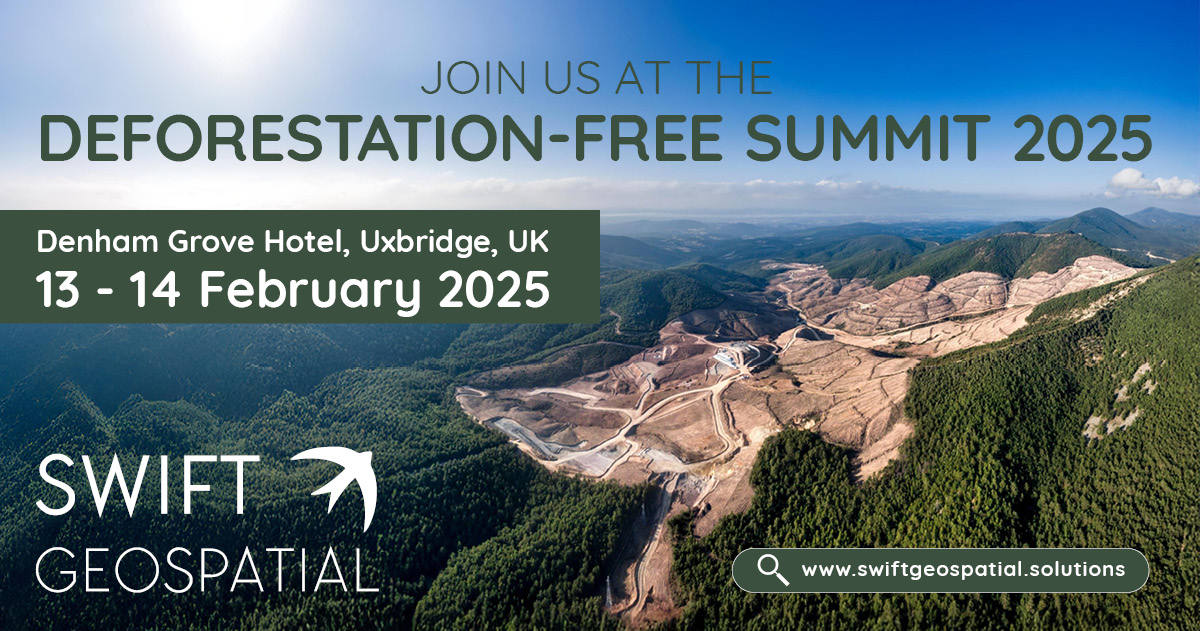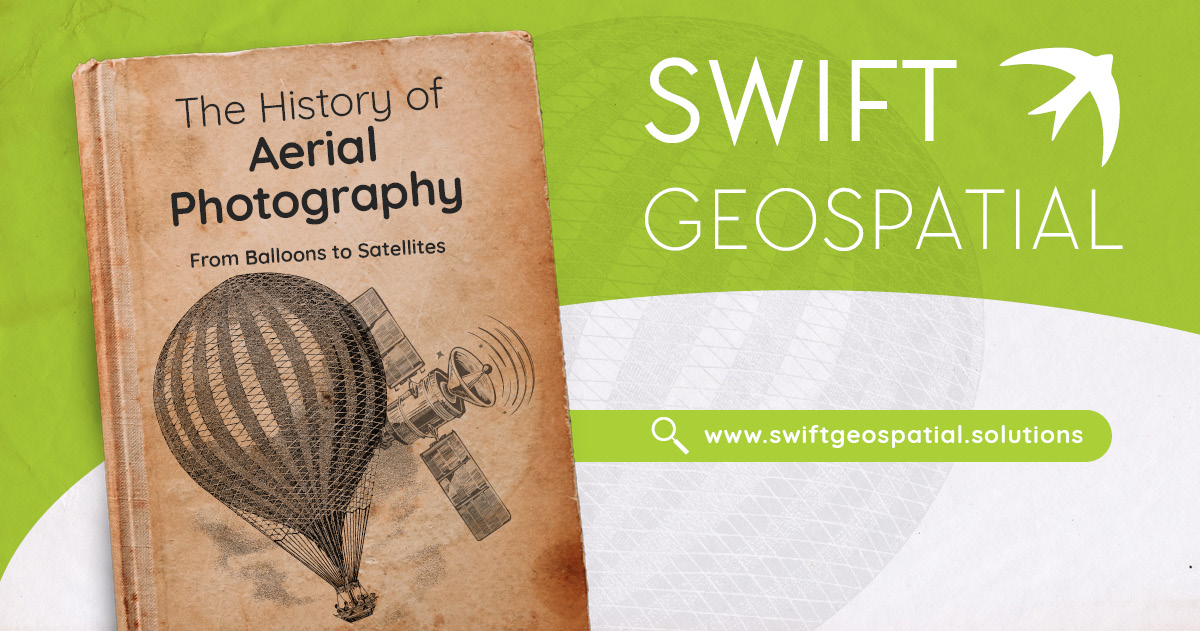Using the best technology has to offer for the smart monitoring of your mine
(A follow-on from our previous article about the monitoring of Tailings Dam Facilities: Smart Disaster Prevention)
Using sophisticated technology, remote sensing is indeed the most cost-effective, time-saving strategy for the monitoring of your mine. With the highest quality imagery available to date; Swift Geospatial is your go-to for smart mine management. Ultimately, the incredibly informative technology we have access to allows us to empower mine managers to detect – with immediate effect – if any risks or triggers have been activated. For pro-active, time-savvy emergency response, this is the future of mine monitoring and mining in general, and the possibilities excite us.
Our resources (and partners):
- Planet’s 3 metre resolution, satellite imagery which is updated daily
- Maxar’s constellation of ultra-high resolution 30cm to 50cm satellite imagery
- Capella Space’s set of Synthetic Aperture Radar (SAR) ranging from 50cm to 1.2m resolution satellite imagery.
- All of our imagery is compatible with ESRI software.
With the best satellite imagery available, we are able to turn that data into valuable knowledge. How you may ask? Read on below to learn more.
The highest resolution optical imagery in the world
Through our partner and provider Maxar; Swift Geospatial has access to 50cm and up to 30cm resolution satellite imagery, which is currently the highest resolution possible. With 4 to 16 multispectral bands; we are confident that we have the best data that is available out there for your mine.
Details are therefore easy to survey within this extremely high quality imagery; which is useful for the monitoring of mines in challenging locations- saving both money and valuable time. Applications in illegal mining detection, change detection and encroachment detection are hence possible, while the high resolution allows for additional investigations such as dwelling counts.
It is interesting to note that most high resolution imagery is composed of 4 multispectral bands; however, the Maxar-provided imagery we use provides us with an additional 12 bands; allowing further explorations such as the potential for the analysis of potential soil composition and other geological surveys. According to Maxar; ‘Unlocking information within spectral bands is just the beginning. Applying analytics and machine learning helps us reveal more insights on what’s occurring on the ground.’


Our 30cm resolution satellite imagery with 4 to 16 multispectral bands is the highest quality, highest resolution imagery available to date- ensuring that absolutely no details are missed.
Synthetic Aperture Radar (SAR): Seeing what optical satellite imagery can’t
Provided by our partner, Capella Space, our 1.2 metre to 50cm RADAR imagery is exceedingly effective, and not only for Tailings Storage Facility (TSF) surface water analysis and subsistence monitoring, but illegal mining detection too. This extremely high resolution imagery is powerful enough for change detection even of the slightest degree, which is valuable for immediate disaster response – empowering mine managers to react way before catastrophe strikes.
The black and white RADAR imagery, captured through radio waves, is where the magic originates in powerful change detection, no matter the time or circumstance. Radio wave frequency allows the imagery to be generated through obstacles such as clouds (extremely useful for mines in equatorial regions), as well as smoke (ie. during a period of fire), as well as fog. What is more; RADAR imagery may even be collected at night- which is highly useful for security purposes in the monitoring of illegal mining.


Powerful enough to penetrate through clouds, smoke and fog; Swift Geospatial uses high quality 1.2 metre to 50cm Synthetic Aperture Radar (SAR) imagery which can even be collected at night
Stereo satellite imagery for 3D imaging
Also called stereoscopy or 3D imaging, stereo satellite imaging is a technique whereby two images of, for instance, your mine are taken from slightly different angles allowing for depth to be perceived when viewing the images. Digital Elevation Model (DEMs), as well as 3D topographic maps and computer models are generated as a result.
These models are useful in applications such as volume calculations, as well as water budget analyses. Stockpile calculations may furthermore also be calculated with ease.
With Maxar as our provider; this high resolution imagery of up to 30cm can provide ongoing volume calculations anywhere within the globe.

Stereo imagery allows us to generate 3-dimensional models or DEMs; useful for volume calculations, stockpile calculations and water budget analyses.
Conclusion: moving into the future by using SMART technology
Swift Geospatial can assist with the most cost-effective, time-saving strategies for the monitoring of your mine. Managers are not only empowered with the best data for decision making purposes; but are also able to detect with immediate effect if any risks or triggers are activated- as and when they happen.
By using the best Self-Monitoring, Analysis and Reporting Technology (SMART) remote sensing has to offer; using satellite imagery for monitoring purposes is indeed the future of mine monitoring. Interestingly enough, the need for this seems to be further pushed and accelerated by the current pandemic challenges and lockdown periods mining management has to face.
In conclusion: Stay SMART, keep up with these ever changing times and use the most advanced technology at hand to simplify your mines management strategy.




